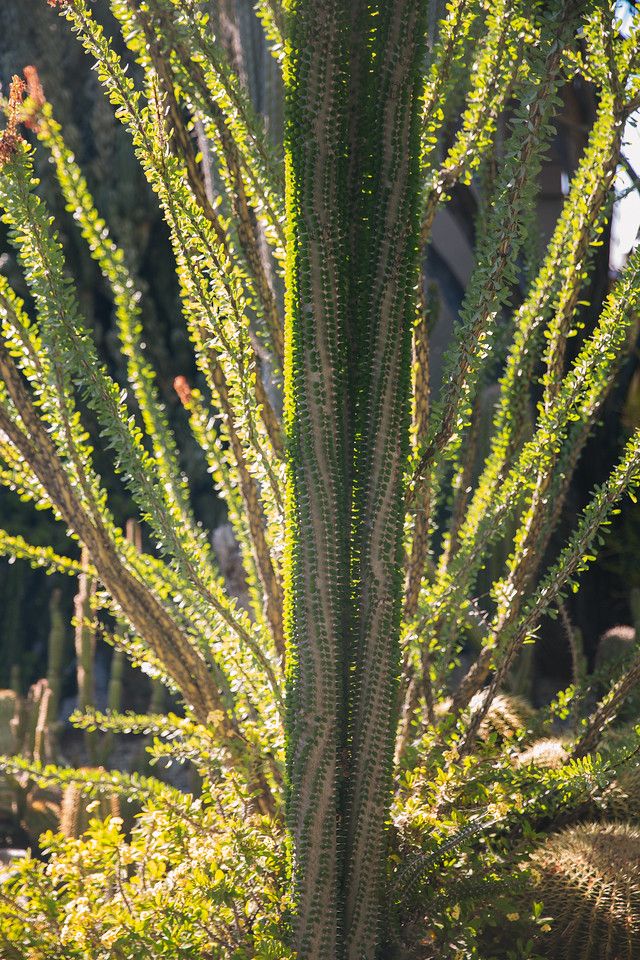
In early April, as I was leaving a garden on the Theodore Payne Native Plant Garden tour, I noted a hand-lettered “plant sale” sign in the neighborhood and swung around to have a look.
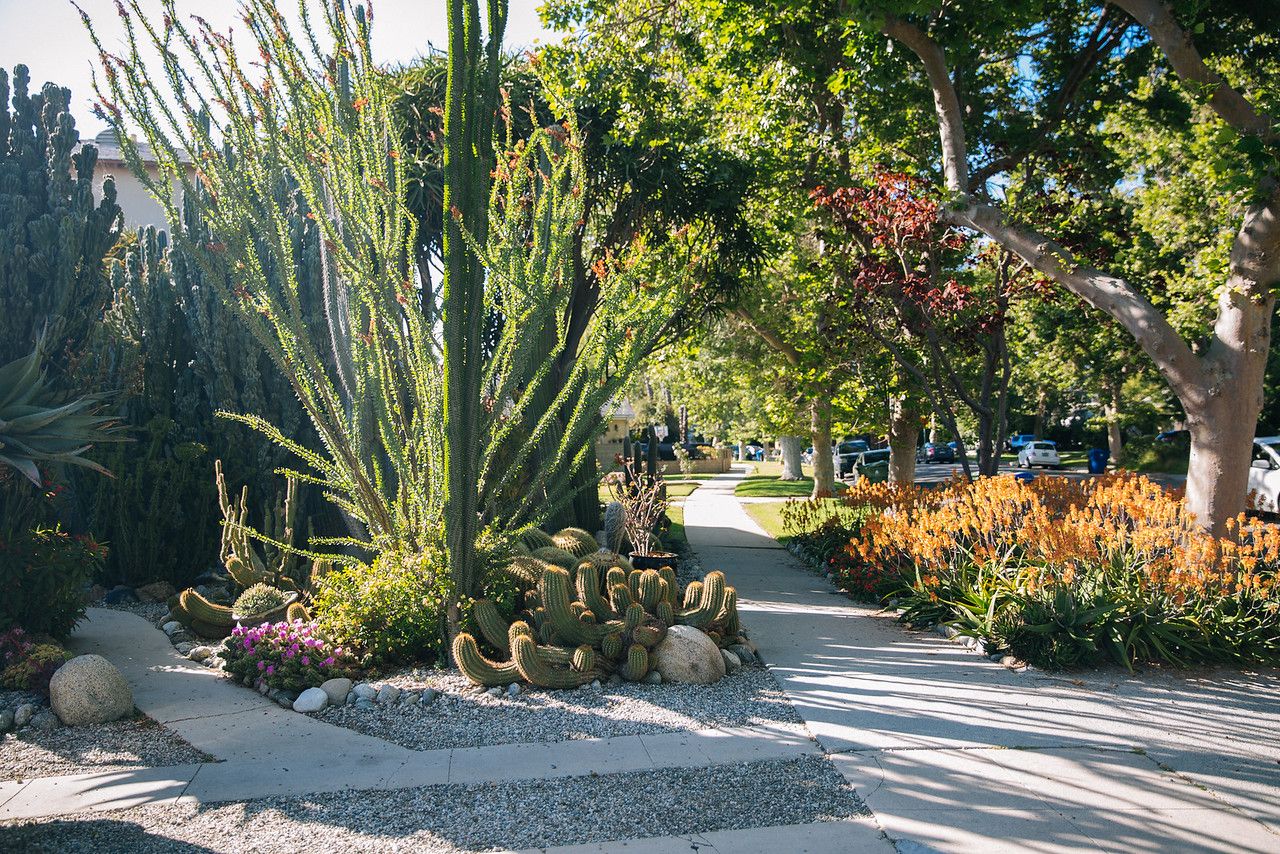
I posted a photo of the garden attached to the plant sale to Instagram, to which garden designer Ivette Soler exclaimed “RAY VALENTINE!” I had been given a business card on the day of the plant sale but hadn’t checked the name yet. Indeed, it was the garden of Raymond Valentine, owner of Maintaining Mother Earth, “a full service landscape and maintenance company, owned and operated by Ray Valentine, License #818049-C27.”
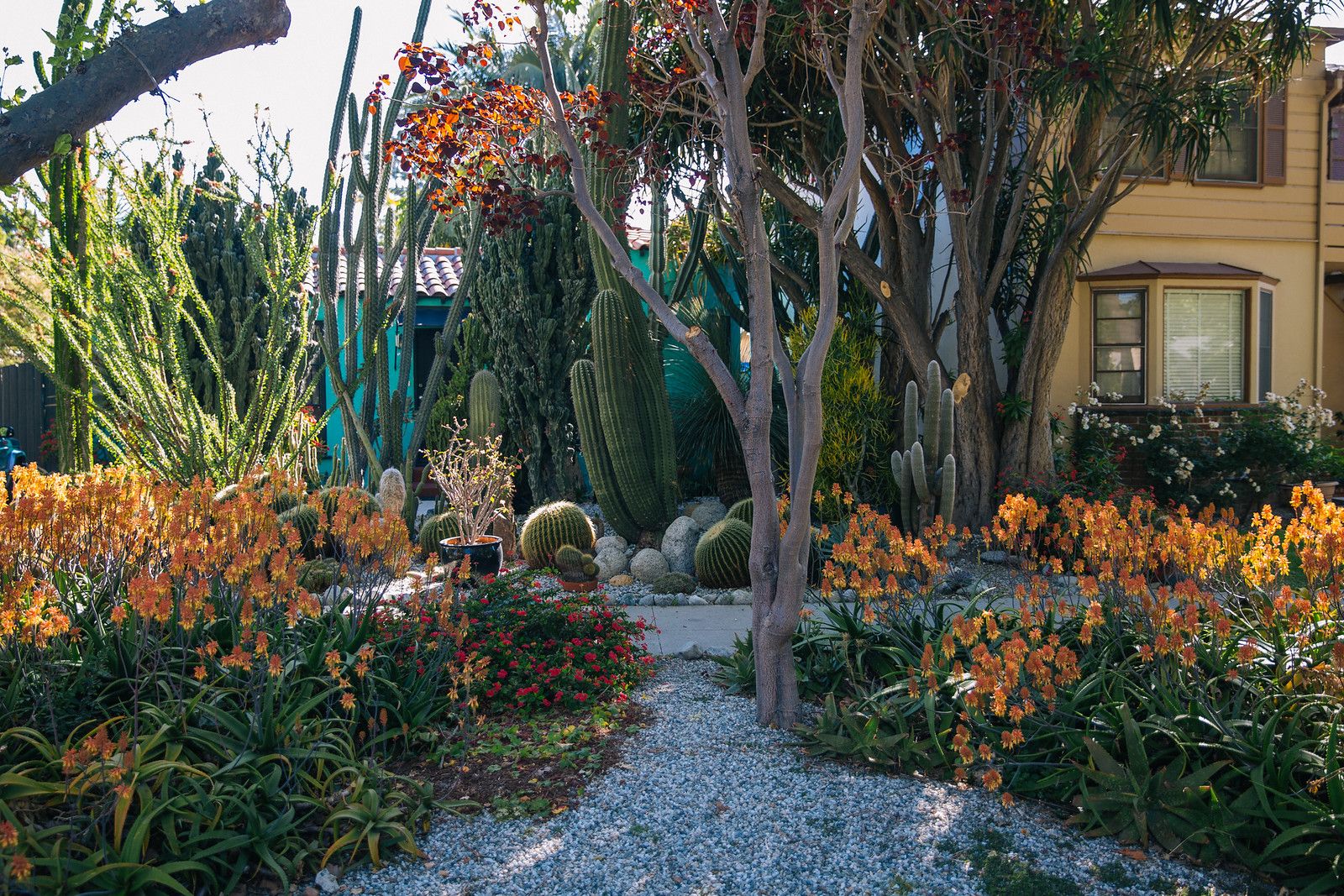
The plant sale was keeping Ray hopping, but I did manage to find out a few details. His partner Netty was a huge help, and I believe it was she who told me the garden was started 20 years ago. This is now a mature garden in the prime of all its sinuous, sculptural beauty.
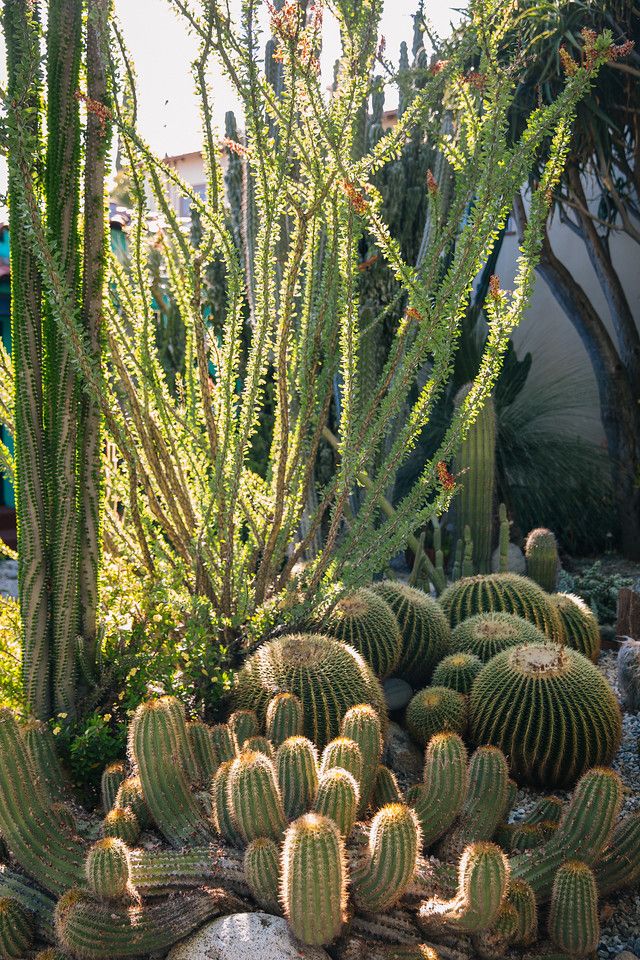
Ray graciously agreed to allow Mitch to return earlier this week for more photos. The ocotillos have leafed out and are lightly blooming, and what I’m guessing is Aloe camperi has lit the garden ablaze in a floral fire rivaling any show in its home of Ethiopia.
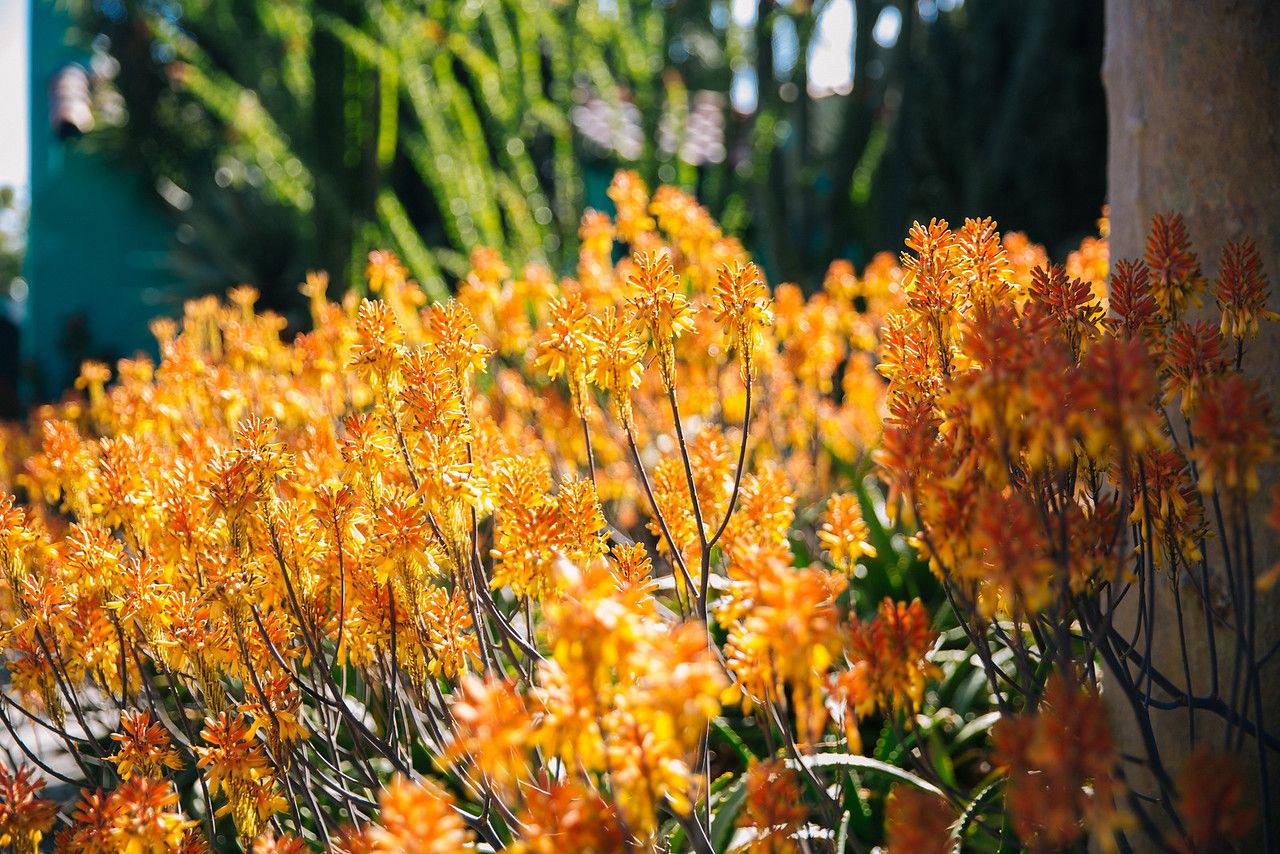
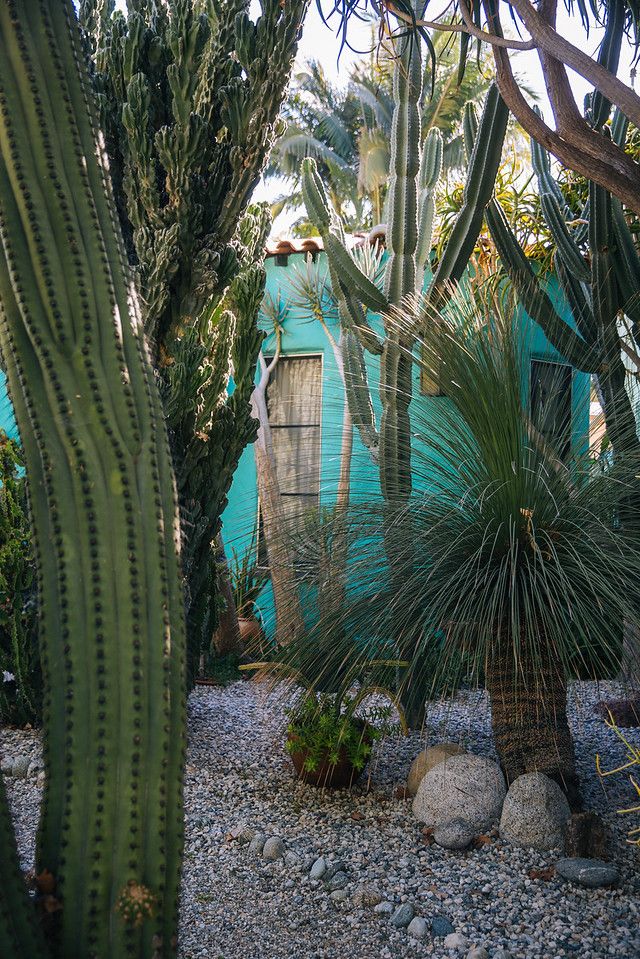

It was Netty who told Mitch that the Desert Garden at the Huntington had been a source of inspiration for the garden. (Upon arriving Mitch texted me: “Debbie Harry just answered the door.” Netty does bear a strong resemblance to her.)
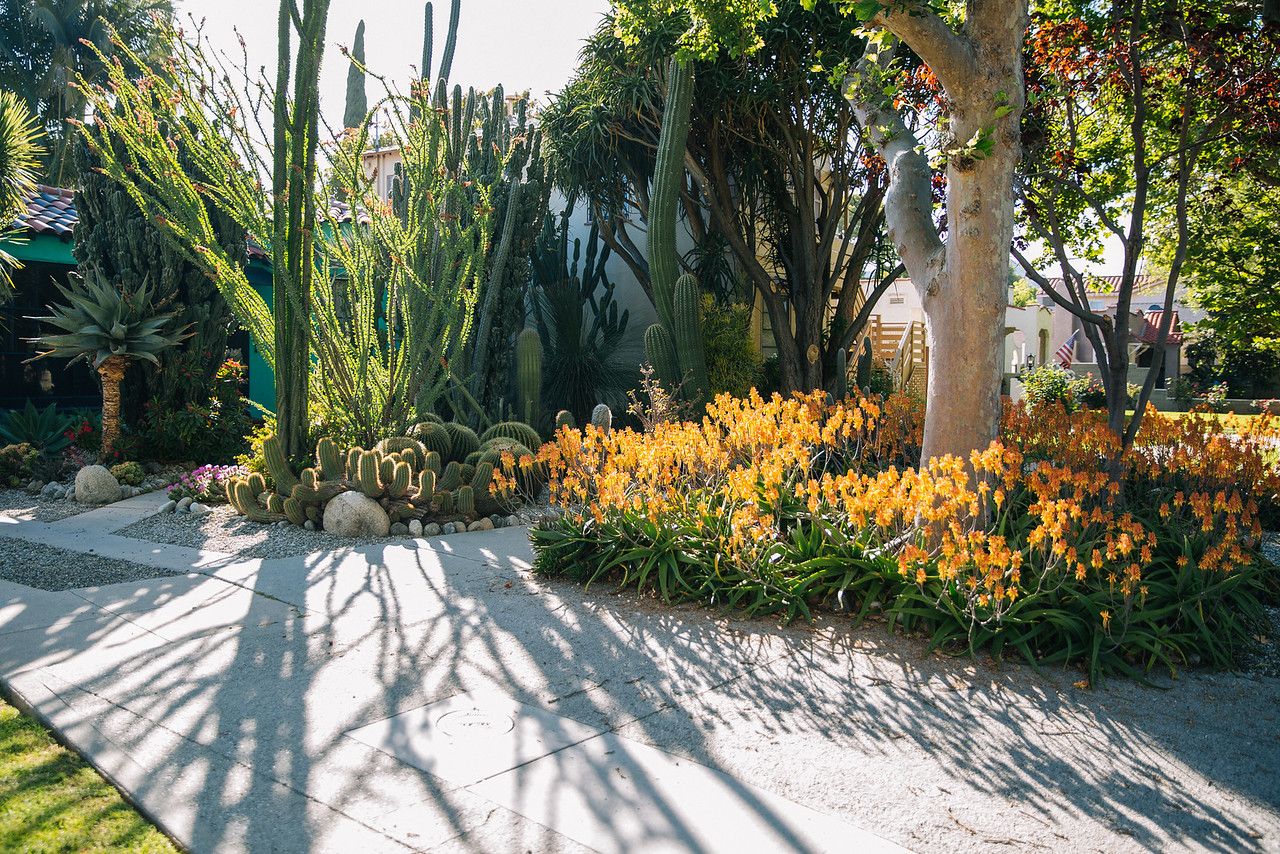
And that botanical garden influence is really what sets Ray’s garden apart from other succulent gardens around town, which tend to make the most of the horizontal plane with the softer, rosette-shaped succulents. Tall, columnar cacti are imposingly grand, but can be intimidating and possibly even fear-inducing in the general public — and therefore are rarely seen outside botanical gardens. And when they are planted, it is often done in the spirit of accentuating their fearsome qualities, deploying cacti defensively as screens or barriers. Ray’s love of these plants shines through in how he invites close, thoughtful interaction by maintaining a generous graveled spacing, enticing visitors to experience an ocotillo or saguaro up close without feeling hemmed in. These front and back gardens are his grandkids’ wonderland. (The back garden was in the middle of a project and not available for photos. Maybe another time!)
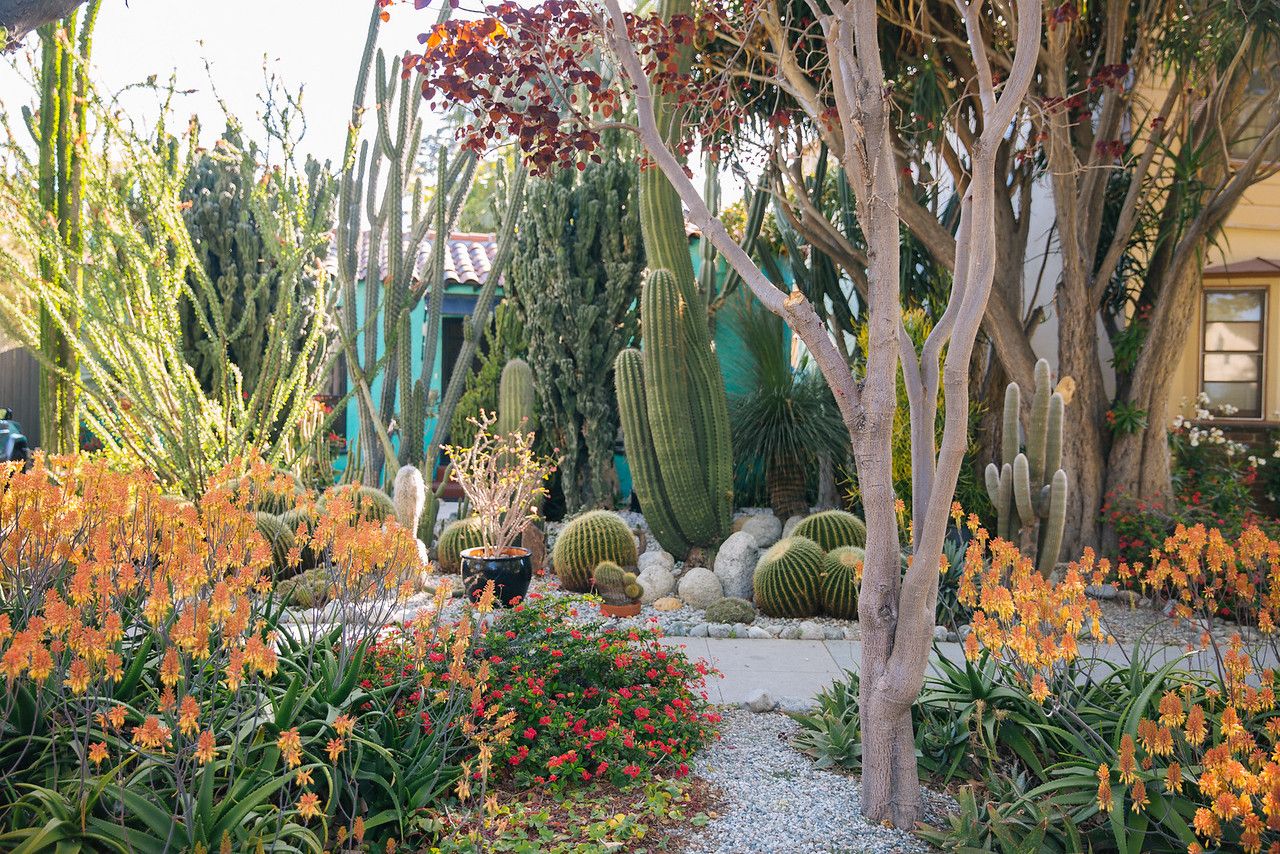
Netty says they’ve even been awakened by klieg lights in the middle of the night from surreptitious photo shoots using the garden as a backdrop. (Not cool! Ask permission first.) And I’m told the Day of the Dead celebrations here are epic, often prompting trimming back so as not to snag trick-or-treaters’ costumes, which just makes more cuttings for the plant sales.

These kinds of gardens cast a magical spell on a neighborhood and often lead the way as pied pipers for desert gardens. An aloe appears in the front garden a couple houses down, a barrel cactus debuts in an opposing parkway. This is frequently how unappreciated desert plants find their way into people’s hearts and gardens.

There’s an easy-going, sure-handed feel to Ray’s work with these plants that is not at all stagey or forced. To my eye, he somehow manages the trick of making a cactus garden look relaxed.
I’ll wish you a happy weekend here so you can enjoy the photos in quiet.
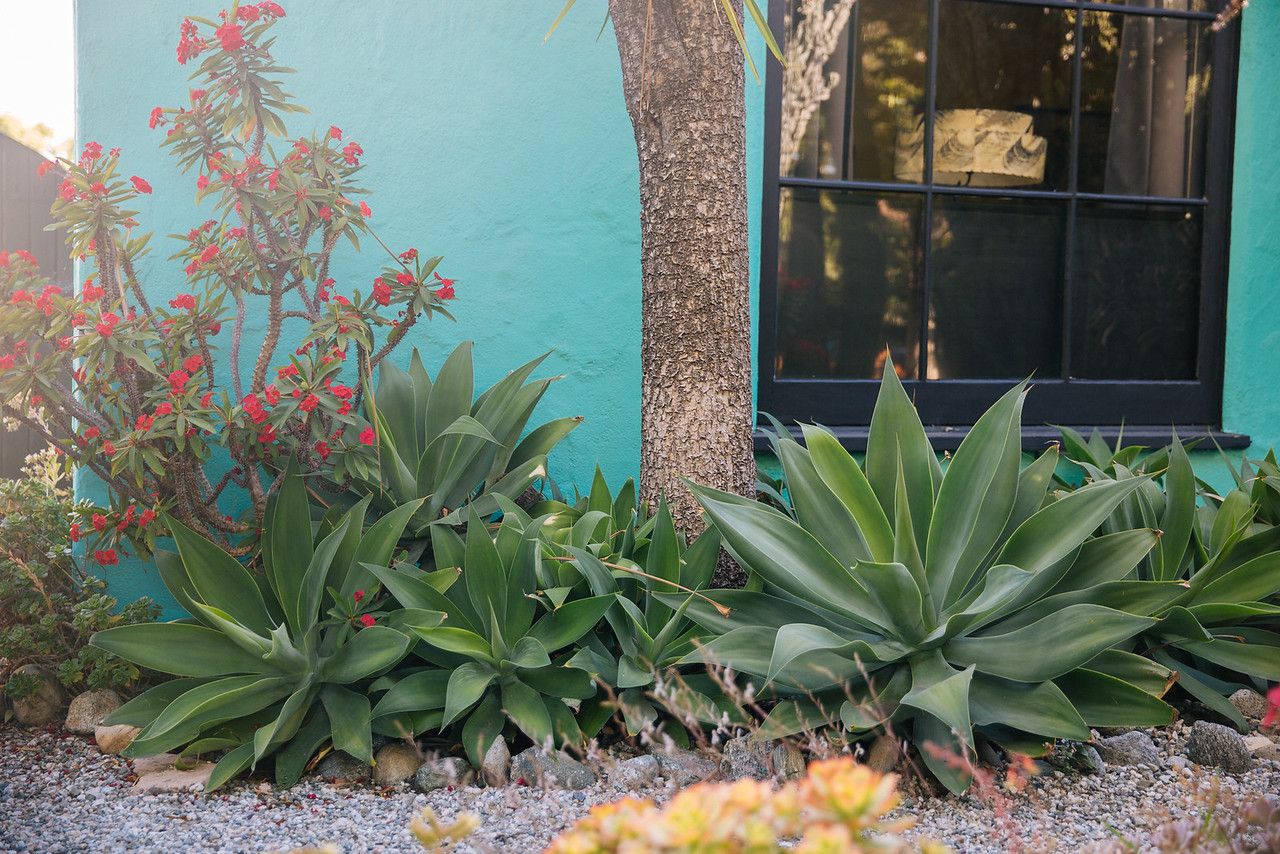


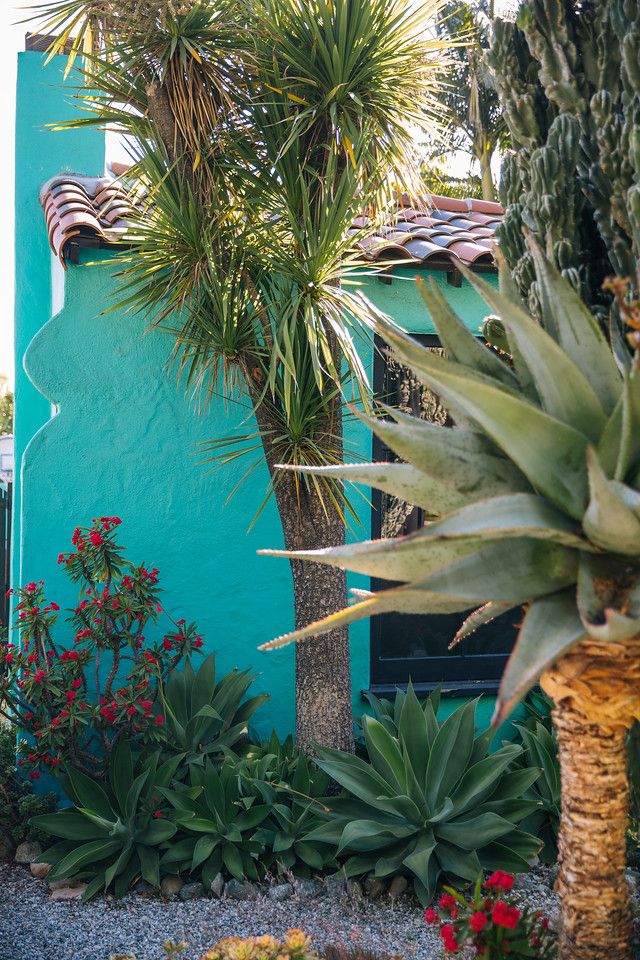

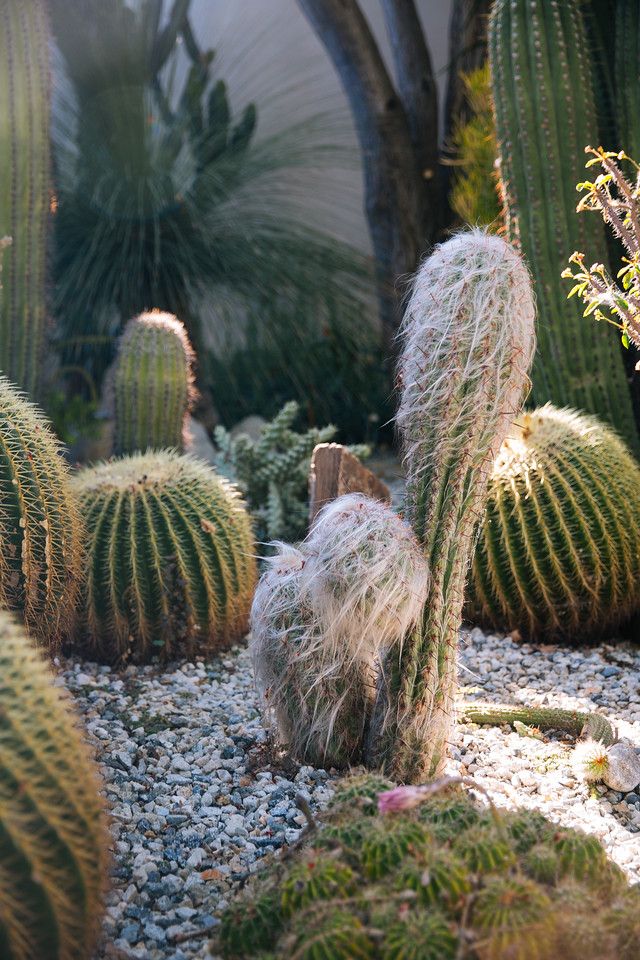
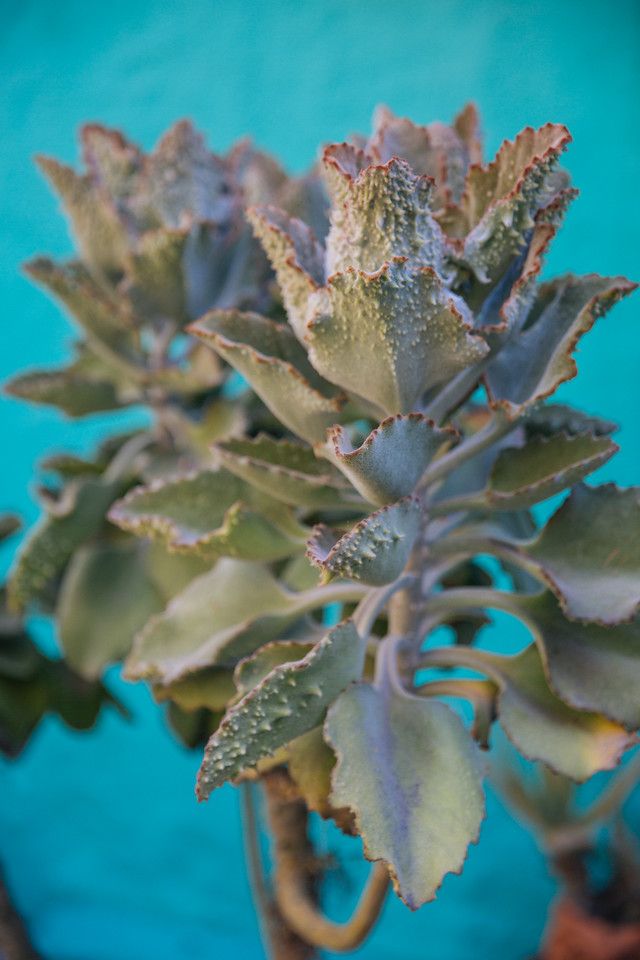
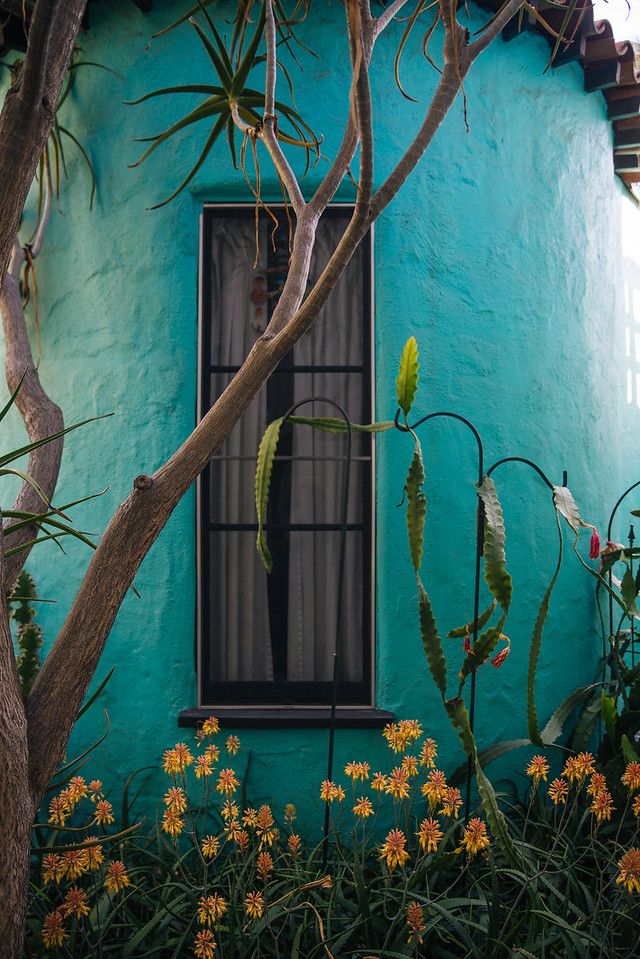
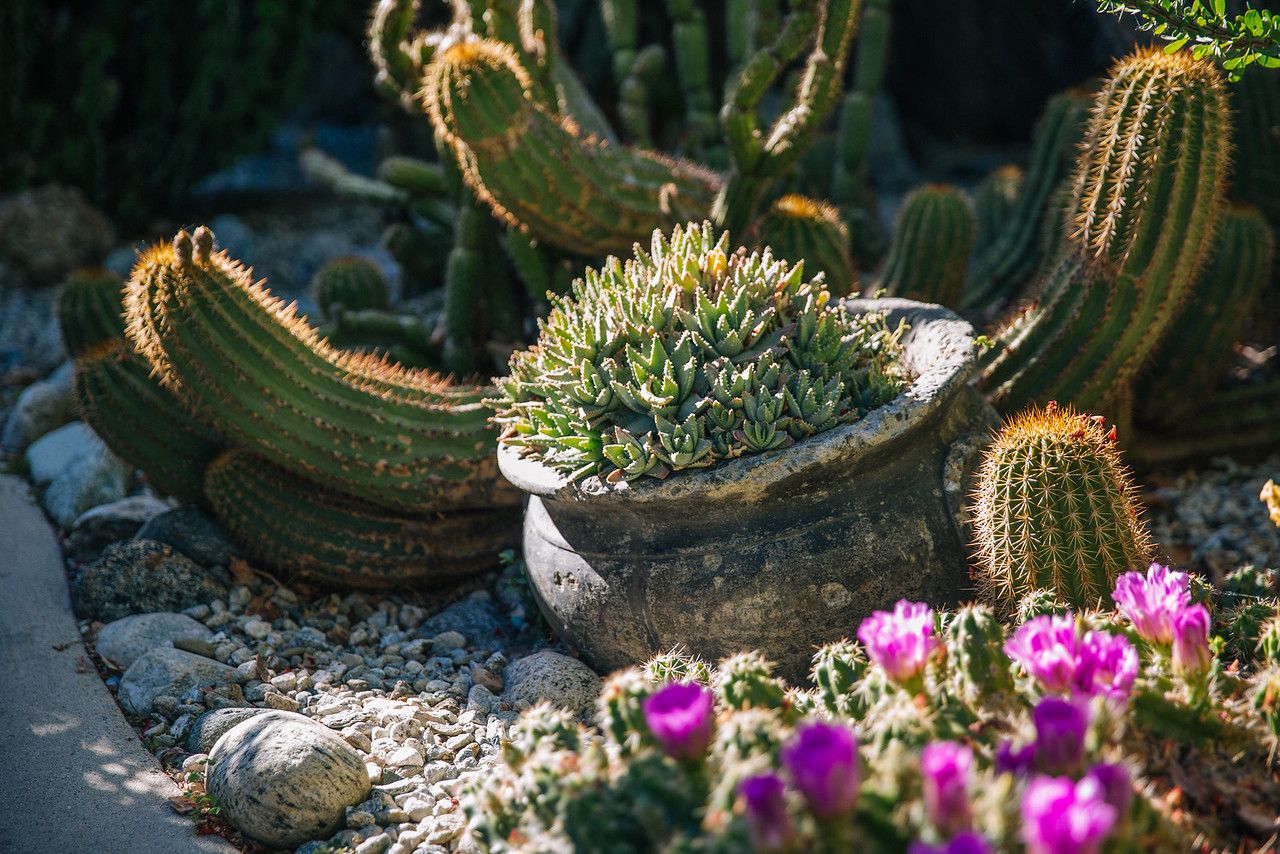
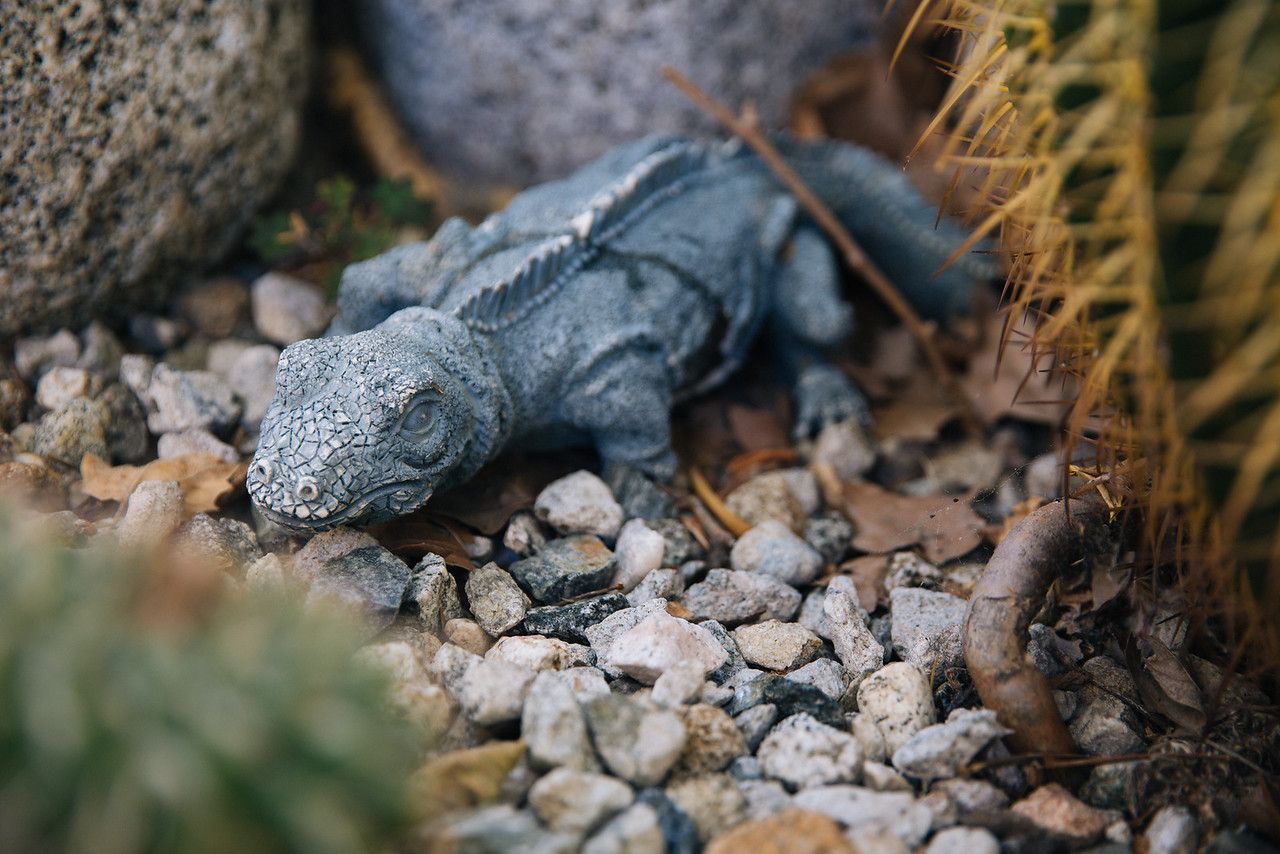
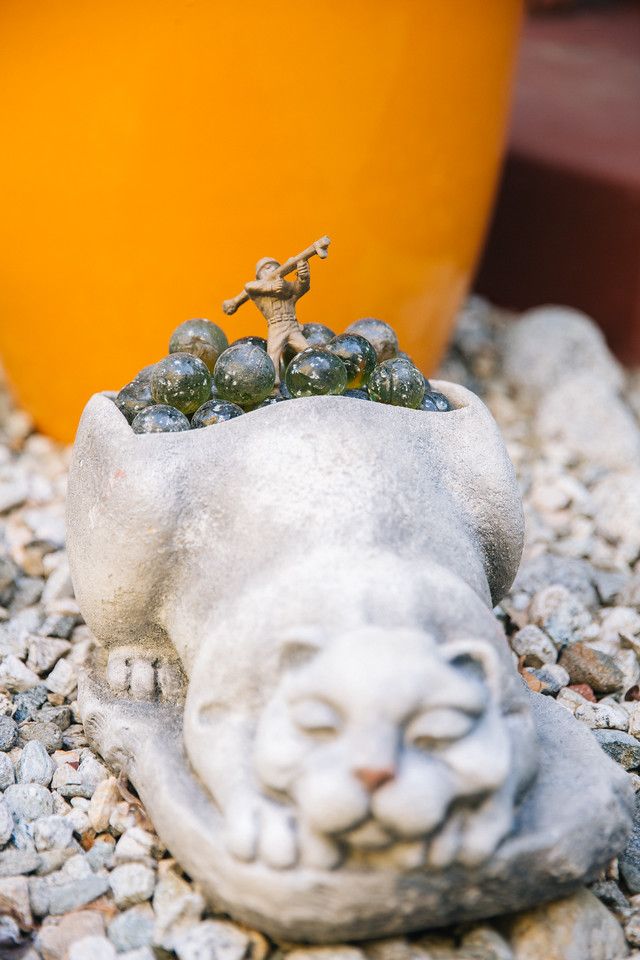
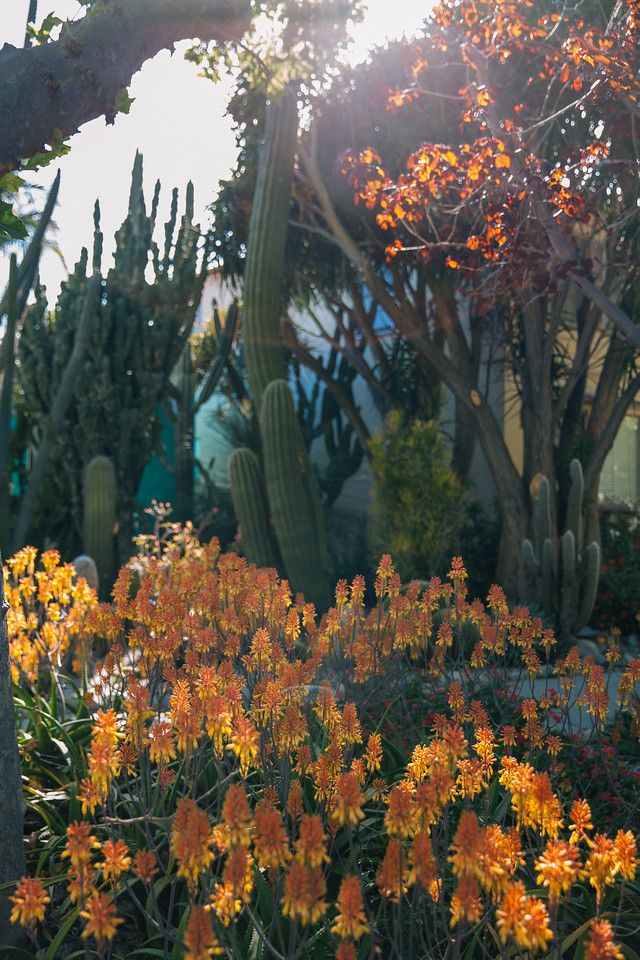
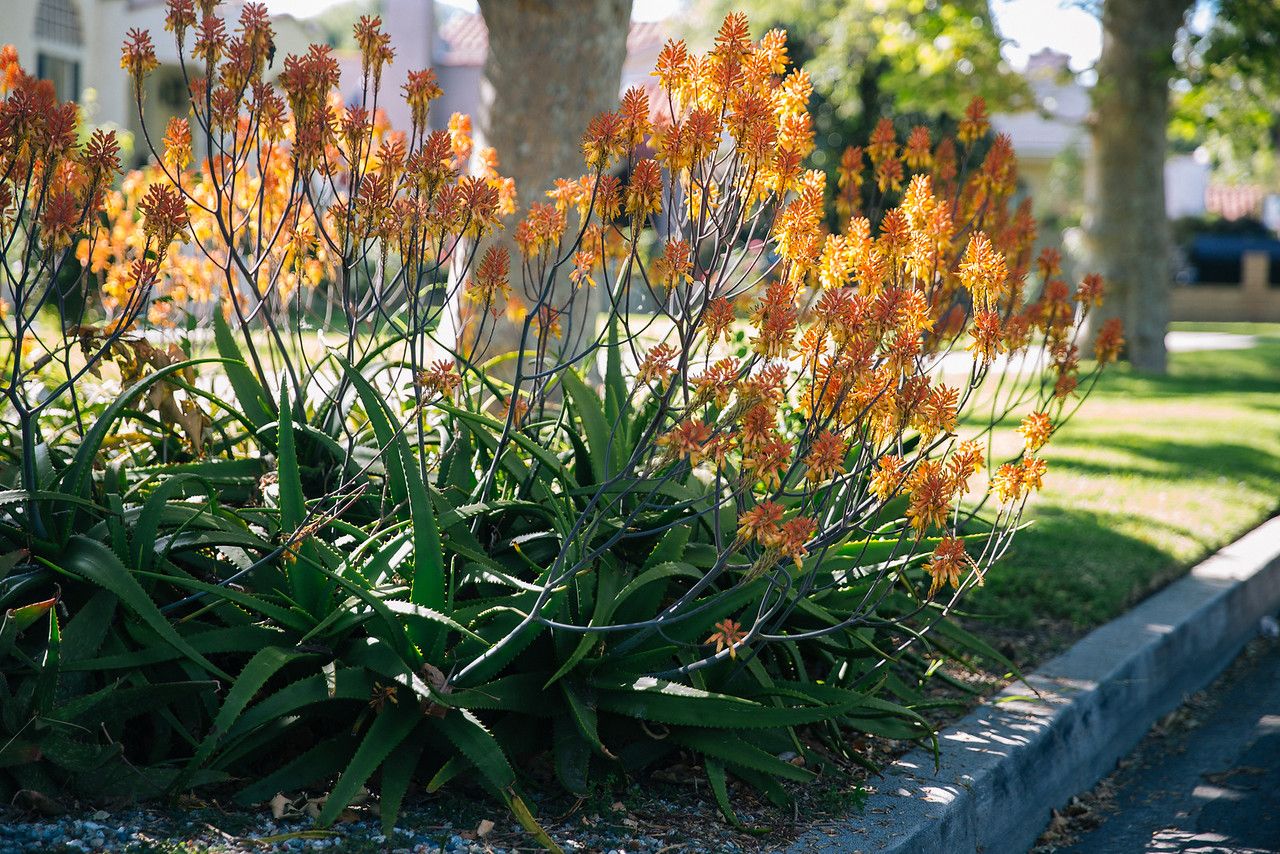

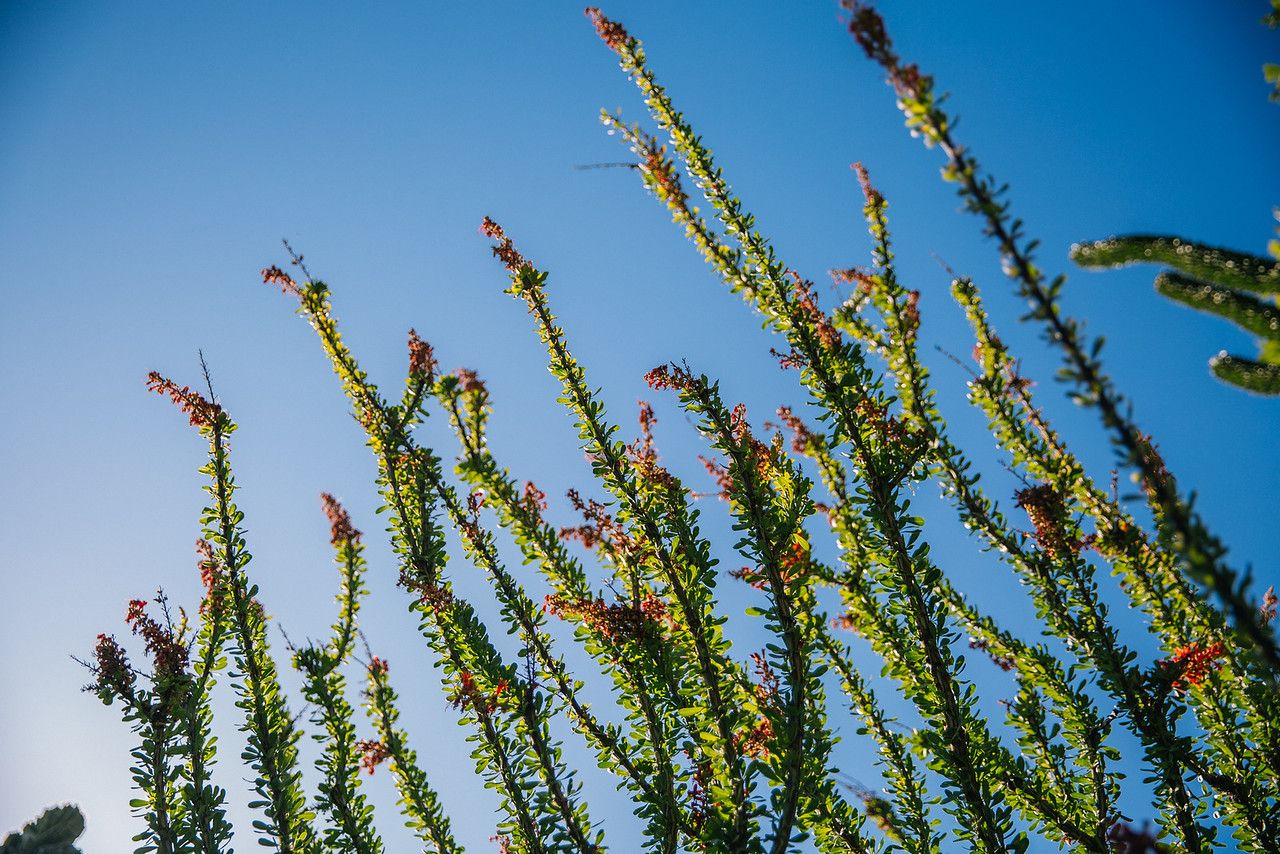
Special thanks to Ray and Netty for allowing us to share their warm and inviting desert garden.

How wonderful, are these all Mitch’s photos then? Or a mix? And did you buy any plants?
Hi Loree — they’re all Mitch’s photos taken earlier in the week. I did not buy plants at that sale because I was too busy gawking at the house and garden, but there’s another sale coming up…if anyone wants to attend the sale they can call Ray in the link in the post for the address. I’m not sure if he wants a lot of publicity so I didn’t push the sale here or on IG. All good questions!
I didn’t realize till you pointed it out that most California gardens that focus on succulents use shorter, rounded ones rather than these tall, columnar, visually striking specimens. Love the little army guy! I don’t have any grandkids but I would do that kind of thing anyway.
Truly a botanical garden effect. What a lovely garden with a ton of incredibly interesting plants to encourage lingering. The photo of the epimedium on the shepherds hook against the turquoise wall enhances the ‘relaxed’ look.
How I wish our local botanic garden exhibited such skill in putting plants together! Great photos, captured in perfect light.
Thanks to Mitch for the great photos. What a gem this garden is, it’s great to see any garden in LA that recognizes that SoCal is not tropical , though attempts to make it so stretch back decades.
Not sure if it’s the garden or the photos — probably both — but there’s a deep peacefulness here. A real wonderland.
What is the low-growing plant with hot red flowers seen behind the terracotta pot full of cactus? (in photo 16, between a shot with the turquoise wall featuring tree aloes/ponytail palm and a close-up of in-ground barrel and other low cacti in gravel)
Impossible to pick favorites among this many stunning images, but I keep coming back to photo #11, a study in soft pale greens with agaves, aeoniums, and gravel. It’s right above your excellent wrap-up: “There’s an easy-going, sure-handed feel to Ray’s work with these plants that is not at all stagey or forced. To my eye, he somehow manages the trick of making a cactus garden look relaxed.”
Thanks for the comments, everyone! I’ll pass along the compliments for the photos to Mitch.
Nell, the red flowers you reference belong to the Crown of Thorns, Euphorbia milii.
I thought the flowers looked Euphorbia-like! Like hot red, somewhat larger versions of the white blooms/?bracts on E. corollata.
I really enjoy his serene garden shots, and this may be the first time I’ve seen happy ocotillos in the coastal belt of Southern Calif. The plant combos are really cool, of course, since it reminds me of my area and your different area, all in one place.
Oh wow, wowwww. I am throughly in love with this garden, and Mitch’s pictures are fabulous!